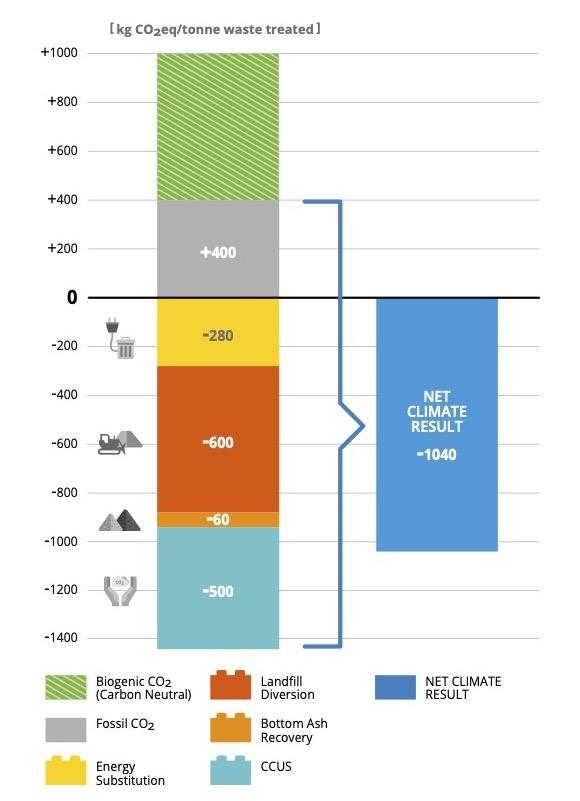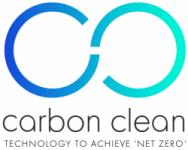CEWEP highlights negative emissions potential for European waste to energy

Industry body sets out sector’s potentially significant contribution to achieving net zero and the steps needed from policymakers
Carbon capture and storage could help Europe’s waste-to-energy (WtE) sector become carbon negative, according to a detailed new roadmap from CEWEP, the industry body.
The sector is already carbon neutral by generating energy that would otherwise be produced from fossil fuels and by recovering metals from leftover incineration ash.
Significantly, the roadmap shows that much more could be achieved. By applying CCUS technologies to 50% of the European WtE capacity capturing 50% of the total CO2 emissions, 20 million tonnes of CO2-eq every year could be saved, it finds. Once CCUS technologies reach full commercial maturity, with a broader integration of carbon capture equipment, greater reduction potentials for the sector can be foreseen, it says.
“We are delighted to see these encouraging projections from CEWEP. They highlight the significant contribution the waste-to-energy sector can make to Europe’s climate ambitions,” said Dr Romain Viguier, NEWEST-CCUS project manager.
“NEWEST-CCUS’s own soon-to-be published results will provide further analysis on the scale of the market for CCUS in waste to energy and the vast potential for emissions reductions. By delivering a robust methodology for negative emissions accounting we hope to build the business case and accelerate CCUS deployment.”
Momentum building
The roadmap comes amid increased interest in CCS/CCUS within the waste-to-energy sector. The city of Oslo’s Klemetsrud WtE project secured state and private sector funding earlier this year while the EU’s Innovation Fund backed Sweden’s HySkies project which includes a WtE facility.
At present, there are around 500 WtE plants in Europe which treat approximately 100 million tonnes of residual waste a year. According to CEWEP, CCUS with a 90% CO2 capture rate at 50% of European capacity would achieve savings of about 40 million tonnes of CO2-eq a year. This could rise to 75 million tonnes a year if 90% of capacity was included.
However, the roadmap stresses the need for policy and financial support to help the waste sector decarbonise. Among other measures, it says the EU should prioritise steps to minimise methane emissions from landfill; restrict landfill to waste not suitable for material and energy recovery; promote public dialogue over the sector’s role in climate action; develop a market mechanism and certification system for negative emissions; support a common European CO2 transport network and greater CO2 utilisation; develop a waste hierarchy and lifecycle assessment; and finance and promote CCUS research.
Figure: Future net carbon balance of the European WtE Sector with CCUS, considering landfill diversion. Courtesy of CEWEP.









